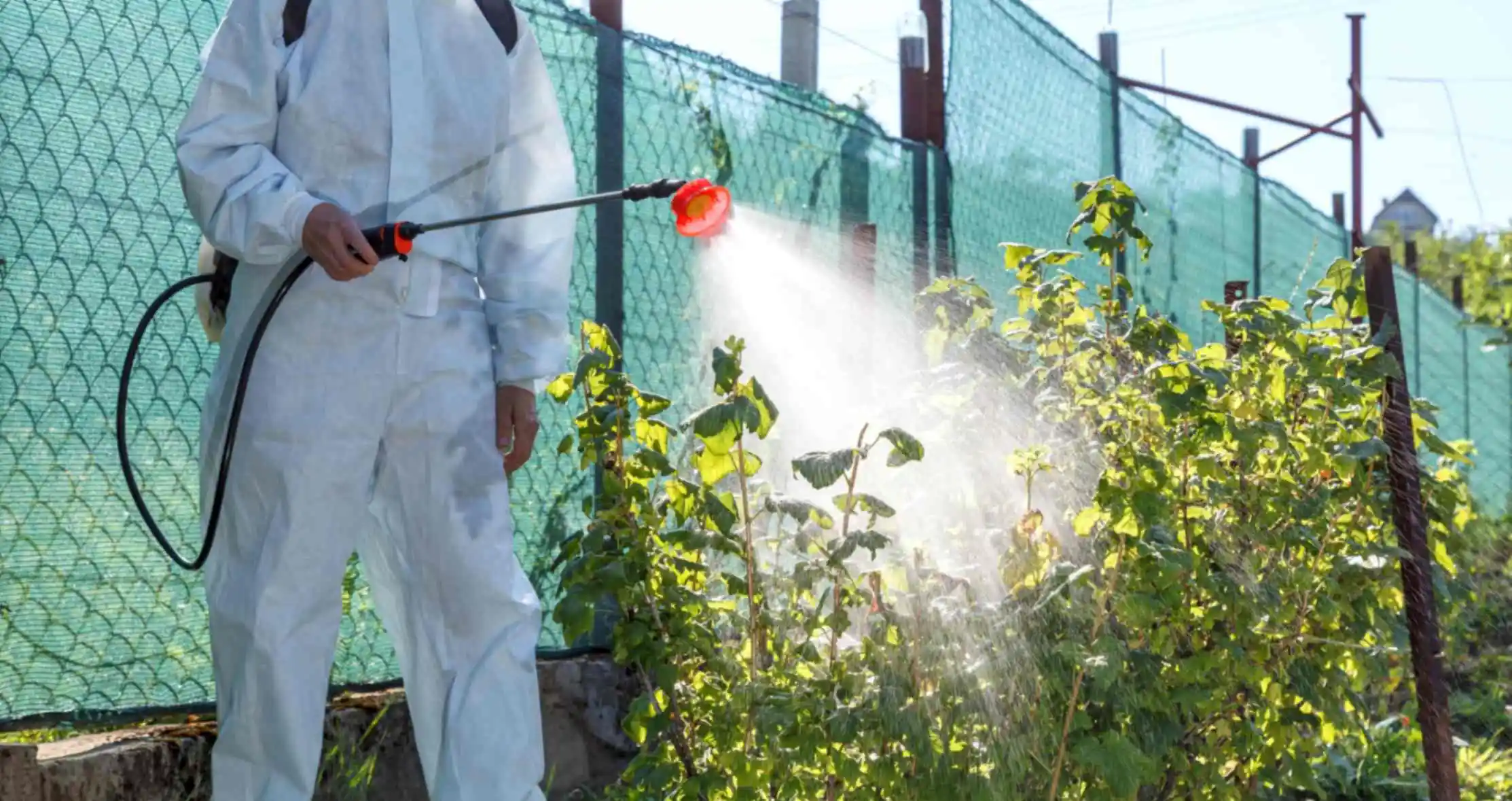Protecting Your Crops with Fungicides
Fungal diseases pose a significant threat to crop production, causing yield losses and quality deterioration. Fungicides play a crucial role in preventing and managing these diseases, helping farmers safeguard their crops and optimize yields.
The Menace of Fungal Diseases:
Fungal diseases in crops are not just a mere inconvenience; they can pose a serious challenge to crop health, potentially leading to yield loss, compromised quality, and economic setbacks. Recognizing the diverse array of fungal culprits, including powdery mildew, rust, blight, and damping-off diseases, is the first step towards implementing a robust defense.
What are Fungicides?
Fungicides are chemical or biological agents designed to control, prevent, or eliminate fungal infections in plants. These substances play a crucial role in protecting crops by inhibiting the growth and spread of harmful fungi, which can otherwise lead to diseases that negatively impact plant health, yield, and overall agricultural productivity. Fungicides come in various formulations, each tailored to address specific fungal threats, and their application is a key component of modern crop management strategies.
Types of Fungicides:
Contact Fungicides: Operating on the outer layers of plant tissues, these fungicides provide protection against fungal infections upon direct contact. They establish a defensive barrier that hinders the germination of fungal spores and prevents their penetration into plant tissues.
Systemic Fungicides: Systemic fungicides are absorbed by plant tissues and transported throughout the plant, providing internal protection against fungal pathogens. They are particularly effective against diseases that attack internal plant structures, such as vascular wilts.
Translaminar Fungicides: Translaminar fungicides are absorbed by plant surfaces and penetrate into the leaf tissue, providing protection on both sides of the leaf. They offer broader coverage and longer-lasting control compared to contact fungicides.
The Role of Fungicides in Crop Protection:
Fungicides stand as the stalwart guardians against fungal diseases, providing farmers with a powerful arsenal to combat infections. These chemical formulations come in various formulations, each designed to tackle specific fungal threats. From contact fungicides that act on the surface to systemic ones that penetrate plant tissues, the choice of fungicide depends on factors such as the targeted pathogen, crop type, and prevailing environmental conditions.
Strategic Approaches for Fungicide Application:
-
Early Detection and Vigilance:
A proactive stance is crucial in the battle against fungal diseases. Regular monitoring and early detection of symptoms allow farmers to intervene swiftly. Applying fungicides preventively during critical growth stages can nip potential infections in the bud.
-
Crop Rotation and Diversification:
Break the cycle of fungal diseases by incorporating crop rotation and diversification practices. This strategy disrupts the continuity of specific pathogens, reducing the risk of recurring infections and promoting overall soil health.
-
Weather Intelligence:
Fungi thrive under specific weather, making weather monitoring a valuable ally for farmers. By keeping a close eye on weather patterns, farmers can anticipate and prepare for potential outbreaks, adjusting fungicide applications accordingly.
-
Precision in Application Techniques:
Maximizing the efficacy of fungicides requires precision in application. Calibration of equipment, ensuring thorough coverage, and strict adherence to label instructions are essential steps in optimizing the impact of fungicide treatments.
-
Embracing Resistant Crop Varieties:
A sustainable approach involves the cultivation of crop varieties that exhibit natural resistance to specific fungal diseases. Advances in breeding and genetics have led to the development of crops with heightened resilience, providing a natural defense mechanism.
Conclusion:
Proper application techniques, including timing, dosage, and application methods (such as foliar spray or soil drench), are essential for achieving optimal results.
In the ongoing battle against fungal diseases, fungicides emerge as indispensable allies, but their efficacy is maximized when integrated into a holistic approach. Balancing chemical treatments with preventive measures, sustainable practices, and innovative technologies is the key to cultivating resilient crops. By understanding the intricacies of fungal diseases and deploying proactive strategies, farmers can not only protect their crops but also foster a sustainable and thriving agricultural ecosystem for generations to come.


